What this means, however is that the plant population, only transiently resident during the rest of the year, really excels itself with the combined rainfall and spring warmth to create swaths of bending grasses, waist-high weed infestations, very fat sheep and thistles. Lots and lots of thistles. Between the barbarous stinging nettles, welt-inducing cleavers (known around here by the delightful term "sticky Willy") and the thistles-with-razors-as-leaves the garden and paddocks become a bit less hospitable, never mind the poisonous stinging and biting creatures that come out this time of year too. Regarding the thistles we do have some help. The sheep do their best, last year denuding whole patches so they could be got through with newly-shorn and therefore more tender flanks.
Even so, they grow higher than a horse. Literally.
Princess likes to delicately nibble the flowers and get the sweet stuff out from inside the nasty nests of thorny spikes (prehensile lips come in handy, er, so to speak). This helps the future seed population, but not the current skin-flailing growth. To this end all the free-range sheep have been moved to the paddock formerly known as the Sheoak paddock, but due to another vegetation disaster now Sheoak-less, (more on this later) and SO has spent the best part of three sunny days eradicating thistles in the rest of the wilds. Which has made him a bit spiky and inhospitable too.
Today's study revision: The amazingness that is the digestive system when it comes to sorting out sugars, carbs and proteins and which bit to use first.



.jpg)
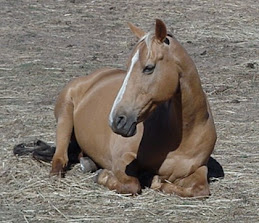
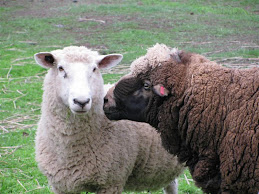.jpg)

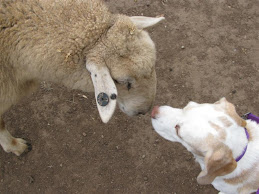.jpg)

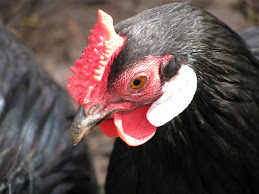.jpg)
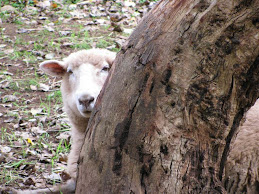.jpg)
.jpg)
.jpg)
.jpg)